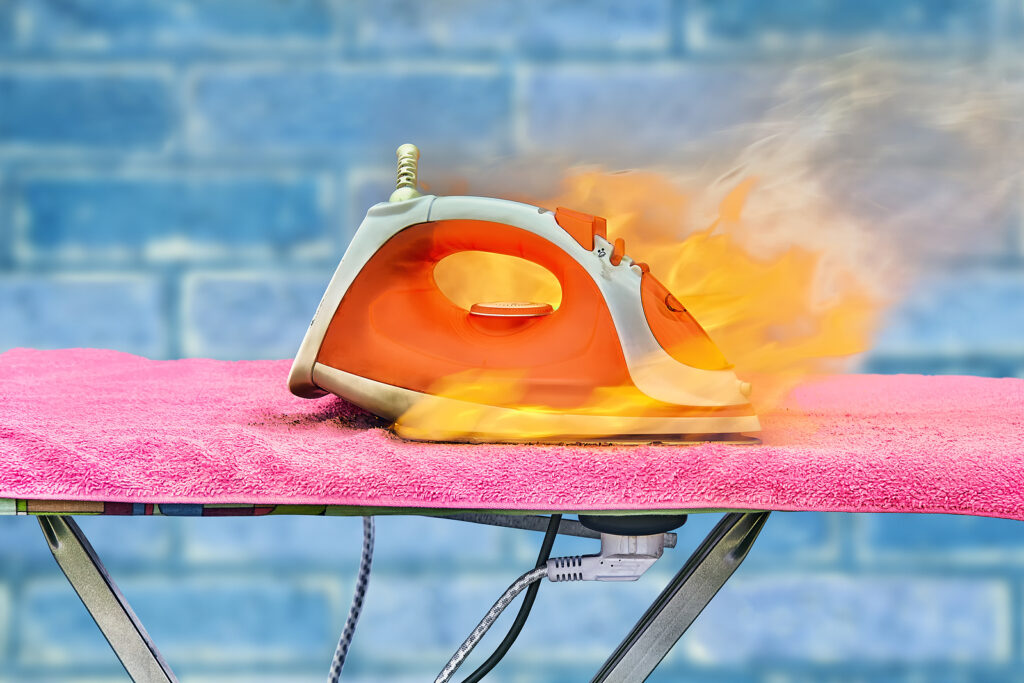When you work out at the gym, it’s important to pay attention to proper form and to listen to your body to avoid injury. Even when you work carefully and stay within your limits, however, you may not be able to prevent all injuries. Hidden defects in exercise equipment may cause harm—and it may be impossible for you to spot the defect until after an accident has occurred.
Hidden defects in exercise equipment may take one of three forms:
Manufacturing Defects
Manufacturing defects are problems with the materials used in the gym equipment itself. For instance, the pins that hold the weights in a weight machine may be made with a metal that is too soft to withstand the weight without breaking or bending. If the pin had been made with metal of the correct hardness, it would hold the weights without dropping them.
Design Defects
Design defects occur when the materials used to make the exercise equipment are appropriate to the task, but the design poses unreasonable or hidden risks to the user. A treadmill that has no emergency stop button or that is designed to start operating at top speed instead of letting the user work up to that speed gradually may be poorly designed in a way that can cause injuries.
Warning Defects
Not all exercise equipment can be made completely safe for use. For instance, weight machines can pinch fingers; treadmills will keep moving even if the user stops, which can cause a fall. Warnings placed on these machines should let users know about hidden risks. If warnings are inadequate or nonexistent, serious injuries can result.
If you’ve been injured by exercise equipment at your gym or in another location and you suspect that a hidden defect or lack of warnings is to blame, don’t hesitate to contact an experienced California exercise equipment injury lawyer. Your attorney can help you understand your legal rights and fight for the compensation you deserve.













